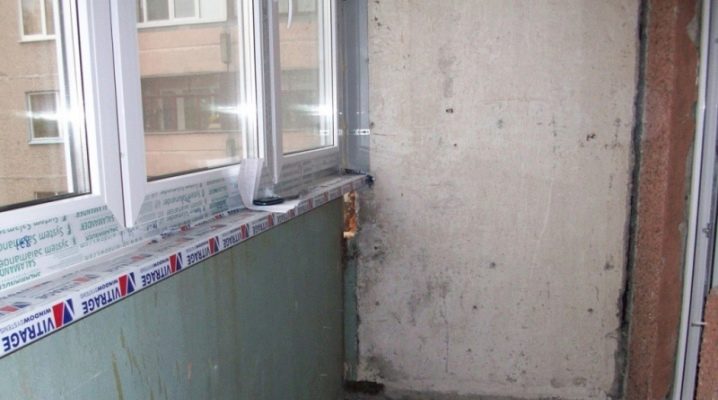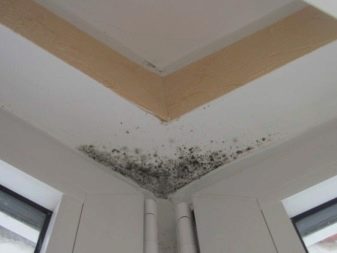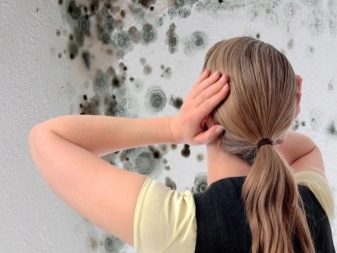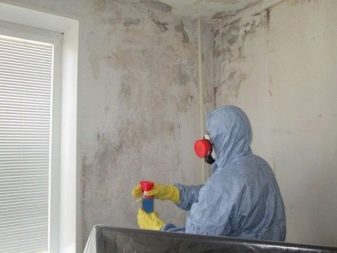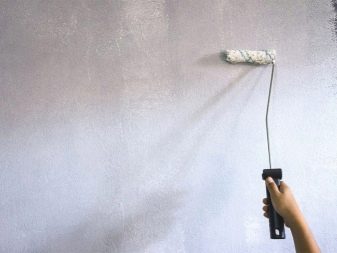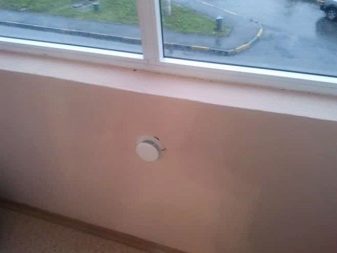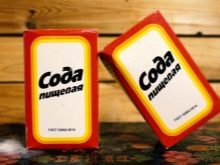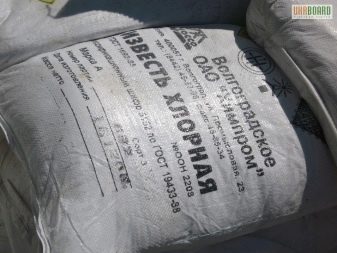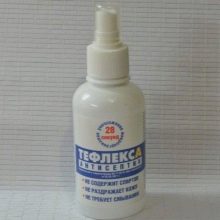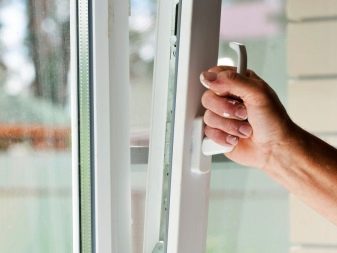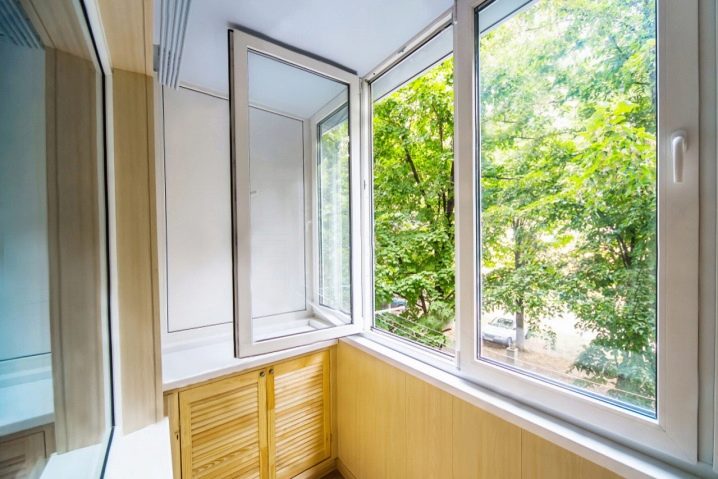How to get rid of mold on the balcony?
When buying an apartment with a balcony, it is expected that the space will turn into an additional room, a place to relax or store things. However, the use of this space is complicated when it is occupied by fungus or mold. Therefore, it is important to consider the reasons for the formation of mold spots, ways to get rid of it on the balcony, and preventive measures.
The causes of mold
Spores of the pathogen fall on the balcony or loggia through the air. However, mold will develop and spread under favorable conditions. These include several factors.
- Lack of air circulation, which creates conditions for an increase in temperature and humidity.
- Condensation due to poor quality glazing. Drops of moisture on the surface spoil the things left on the balcony, and also create favorable conditions for mold to appear.
- Insufficient wall insulation. This leads to moisture from the street or water from the roof.
- High humidity due to condensation combined with poor ventilation.
Consequently, the conditions created on the balcony are more conducive to the development of the fungus, and not the actual entry of spores. Since the problem at home is difficult to identify at an early stage, it is worth controlling the atmosphere in the room. The main thing is to exclude temperatures above +19 degrees in combination with humidity from 60%.
Why is it dangerous?
Mold is called a single-celled fungus, which, depending on the species, forms a different cobweb on the surface. It can be black, white, yellow, or blue. Along the way, an unpleasant, musty smell is formed. Although these types of mold attack various surfaces, they gradually lead to the following pathologies:
- bronchitis;
- tracheitis;
- skin rashes;
- swelling;
- conjunctivitis;
- chronic cough;
- rhinitis;
- pneumonia.
In addition, with frequent or constant stay in a room infected with mold, the immune system suffers, which is expressed through a deterioration in well-being and weakness. Therefore, the fight against the fungus should not be postponed.
How to remove?
Practice has shown that to get rid of mold, it is not enough just to wash off black spots. If the mycelium is preserved, and there are conditions for its growth, the problem will return. You need to deal with mold in several stages.
- First, all things are taken out of the room, and the finishing is removed. At this stage, it is advisable to mechanically clean everything that is affected by the fungus.
- Then the ceiling, walls and other surfaces are treated with special compounds.
After drying, it will be necessary to carry out repairs, having previously excluded all factors that create conditions for re-infection.
Construction methods
These methods involve protection from fungal mold even at the stage of repair. So, first you have to check all surfaces for cracks through which moisture will penetrate inside. They are sealed with cement mortar. Then a layer of waterproofing is applied in the form of water-repellent compounds, bitumen mastic, sprayed insulator and other means. The roof of the apartments located on the top floors needs special protection. Before finishing the walls, it is recommended to treat the walls with a primer that excludes the penetration of moisture.
The next step is the insulation of the balcony. This eliminates temperature differences that cause condensation. For this, the walls can be covered with heat-insulating materials, and, if necessary, the room can be equipped with a separate heating device.
When insulating a balcony, do not forget about ventilation.The easiest way to achieve air circulation is to ventilate. A good solution would be to install micro-ventilation valves in plastic window frames, supply valves in the parapet, or drilling a ventilation hole with an air intake fan.
Windows require special attention. If the reliability of the glass unit is in doubt, polyurethane foam and sealant are used to seal the cracks.
A worthy alternative to these products will be putty, dry mortar or paint.
Folk ways
It is possible to safely and effectively remove mold with some self-prepared formulations.
- Soap solution. For this, a piece of laundry soap is rubbed coarsely, filled with water and mixed until foam is obtained. Processing is carried out to remove plaque from the walls. The mixture is reapplied after the surfaces have dried. The composition is used at the initial stages of the development of the fungus, when small spots are visible in problem areas. Greater distribution requires stronger formulations.
- Tea tree oil, diluted at the rate of 20 ml per 5 liters of liquid. Alternatively, you can use lavender or rosemary. The composition is first sprayed onto the surface and then removed with a rag. To enhance its effectiveness, the natural effect of the oil is enhanced by chemical components.
- Baking soda diluted in water on the basis of two tablespoons per liter. The tool helps to destroy the fungus, as well as stop its further spread.
- Hydrogen peroxide. The liquid should be sprayed only on surfaces affected by the fungus. For treatment of large areas, it is recommended to mix the product with vinegar in a 1: 1 ratio. After 10 minutes, the remaining mold is removed mechanically.
- Borax solution in the proportion of half a glass to 2 liters of water. After spraying the wall from the spray bottle, the plaque is removed with a brush. In addition to disinfecting, the product fights against unpleasant odors.
- A mixture of vinegar (2 tablespoons) with copper sulfate (500 g), diluted in 10 liters of water and heated to 70 degrees. You will also need a spray gun and a brush to work. At the end of the application, the surface is dried with a hairdryer. Reapplication of the product should be planned in a month.
The most dangerous of the folk methods is the treatment with bleach. The composition is prepared in the following way. First, a kilogram of lime is mixed with water so that a homogeneous mushy mass is formed. Then another 10 liters of liquid are added to the composition, the bucket is closed, and it is infused all day.
The resulting liquid is then sprayed onto the walls and the sediment is thrown away. After processing, the room is closed for 24 hours.
All procedures are carried out with a mask and gloves.
Chemicals
In addition to folk compositions, you can get rid of mold with potent chemical agents with a faster action. So, experts recommend several drugs.
- Conservative antiseptic "Ecodom Bioprof"successfully applied on wood materials and ready-made structures. It is distinguished by its protection against ignition and explosions, safety for people. With superficial application, the effect lasts up to 5 years. Deep impregnation is designed for 30-35 years of protection against fungus.
- Antifungal agent "Snow Puma"effective on ceilings and walls covered with plaster, adhesive solutions, emulsion paints. It is successfully used for internal and external processing of structures. Available as a spray.
- Spectrum. A fungicide that removes mold from wood surfaces. They can also handle the lining.
- "Xiolat"that destroys mold in the deep layers of the walls.
- Teflex - a product that combines effectiveness with safety for people and animals.
The stores offer a wide range of antifungal agents. Therefore, when choosing, you should be guided by the following parameters.
- Some of the formulations have only a prophylactic effect. Therefore, it is not worth using them in the fight against already spread mold.
- Means are divided into universal and working on a specific type of surface. The first option is convenient if the balcony is finished with several types of materials. The second type of funds is optimal if you need to remove the fungus from a particular coating. So its action will be more focused and profound.
Although some formulations are considered safe for humans, protective equipment should not be neglected when working with chemicals. It is important to protect your hands from getting the formulations, as well as the nasopharynx from inhaling vapors.
This is especially important given that you have to work in a closed, confined space.
Prevention measures
There are various ways to protect the balcony from mold.
- Although this room is periodically used as a warehouse, you should not skimp on finishing it. It is advisable to use a heater that combines steam and heat insulation properties. High-quality double-glazed windows on the windows are also important, excluding the formation of condensation.
- It is important to exercise moderation by exposing indoor plants to the balcony. Their abundance on the balcony will create high humidity. At the same time, the resulting mold can cause the death of plants.
- Regular airing of the balcony will become protection against fungus, which will exclude stagnation of air.
- Periodically, the room should be treated with antifungal agents. Especially if it is not used often.
- After snow and rain, it is advisable to check the surfaces and joints for drying out.
Mold stains are not just an aesthetic issue. The fungus is provoked by a number of severe respiratory diseases in humans. Therefore, action should be taken immediately. To remove stains, you can choose between folk remedies and store chemicals. This takes into account the type of surface, the degree of propagation and the depth of penetration. The result is often achieved with multiple treatments.
Regardless of the method chosen, the processing will be followed by additional repairs aimed at strengthening the waterproofing, thermal insulation and ventilation systems. And regular airing, preventive antifungal treatment will protect the room from the spread of the fungus.
For information on how to get rid of mold on the balcony, see the next video.
